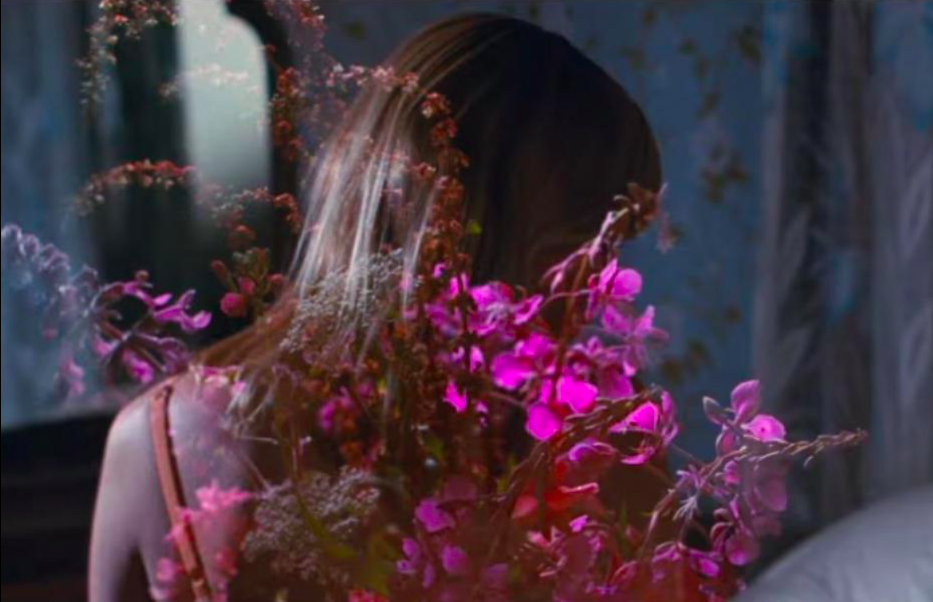Film festival season is in high gear, and this year all bets are on A24. In the past several years, the production company has been touted for its provocative, thought-provoking films including the 2017 Academy Awards Best Picture Winner, Moonlight. Now, competing at the Venice Film Festival, is A24’s latest flick: Woodshock.
The title refers to an intense state of panic from being lost in nature that psychologists refer to as “woods shock.” Aptly named, the film is shot high among the Redwoods in Humboldt County, California, and follows medical marijuana clerk Theresa (Kirsten Dunst) as she slips out of reality and into a drug-induced psychosis following the death of her mother. In what is perhaps the most emotionally resonant scene, the film opens with Theresa preparing and lacing a joint using a mysterious tincture that is given to her terminally ill mother for the purpose of euthanasia. The premise has potential, but viewers are left with an incoherent meditation on guilt, grief, and drugs that ultimately disappoints.
Woodshock is the directorial debut of couture designers and heads of Los Angeles based fashion house Rodarte, who began their foray into the cinematic arts as the celebrated costume designers of the 2010 Portman film, Black Swan. This, however, isn’t the first time a clothing designer has broken into the film scene. Just last year, designer and director Tom Ford captivated audiences at Venice with his sophomore picture, Nocturnal Animals. And despite being first-time directors, their influence as artists is present as can be. Flowery, spotted motifs decorate set elements of Woodshock as if it were pulled straight from a magazine spread, and Dunst herself is stunning slinking around in fashionable lace underwear among the natural beauty of her surroundings.
If there’s one reason to see Woodshock, it’s Peter Flickenberg’s sublime cinematography. Flickenberg’s frequent lens flares, double exposures, hazy focus, and flashing geometrics and lysergic imagery make for a hallucinatory experience, and viewers are able to see the world through Theresa’s eyes.
Yes, Woodshock looks gorgeous. But through over-stylization, the film sacrifices both thematic and narrative elements, and it’s hard not to wonder what the point of it all was. After the first few sequences, there are little narrative leads that would constitute a “story.” For an uncomfortable portion of running time, the camera simply follows Theresa aimlessly wandering in the forest, glancing through windows and smoking weed – and lots of it. She’s high throughout nearly the entirety of the film, and there exist few meaningful exchanges of dialogue. Secondary characters receive little to no characterization and have only vaguely defined relationships with Dunst’s character.
A blow to A24’s stellar track record, Woodshock is another unfortunate exercise in style over substance.




